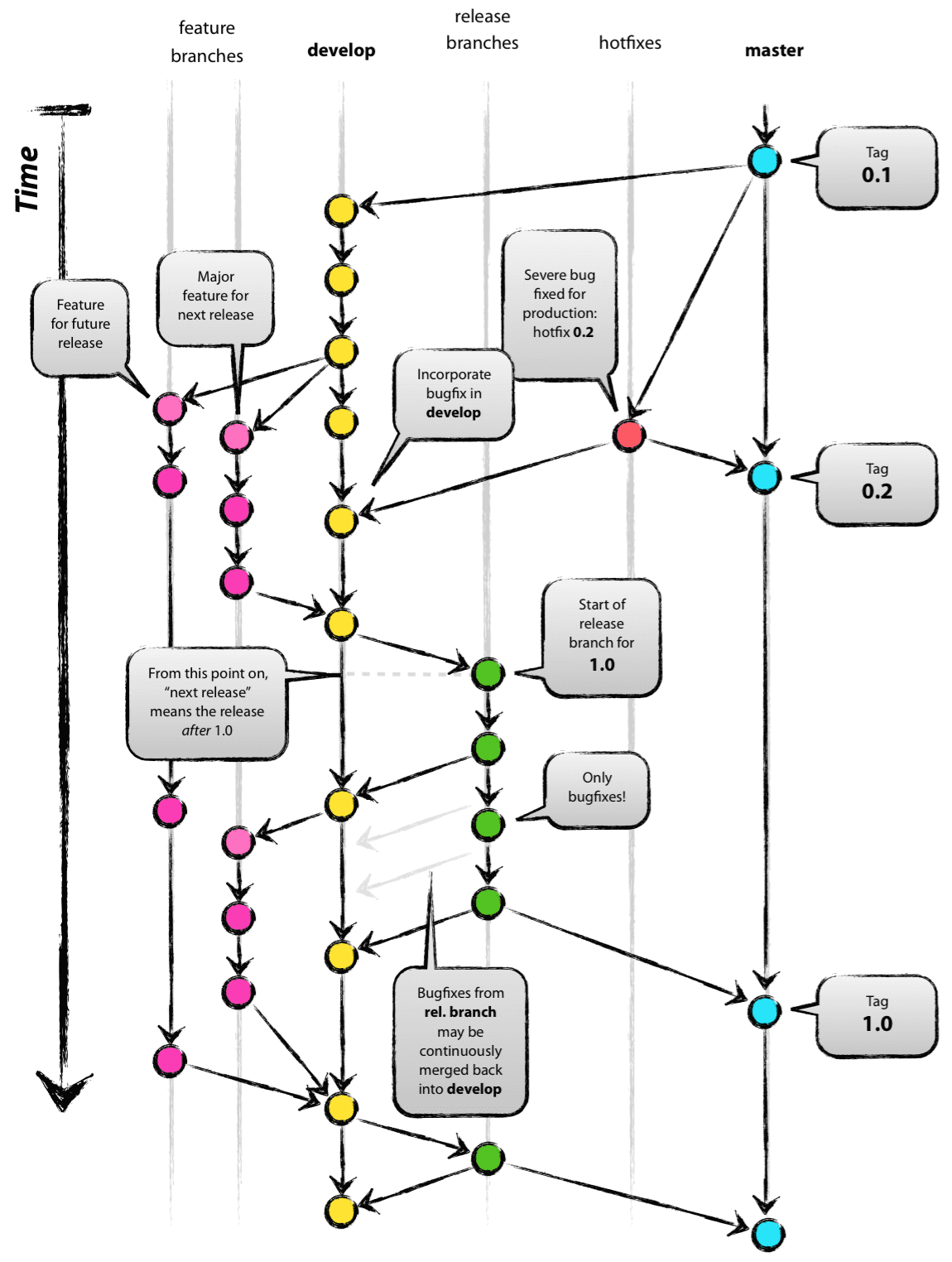👍🎉 First off, thanks for taking the time to contribute! 🎉👍
The following is a set of guidelines for contributing to the Python package incomevis, adapted from that of the R package hyperSpec.
The incomevis project is licensed under the MIT license. By contributing, you understand and agree that your work becomes a part of the incomevis project and you grant permission to the incomevis project to license your contribution under the MIT license or a compatible license.
- Ensure the bug was not already reported by searching on GitHub under Issues.
- If you're unable to find an open issue addressing the problem, open a new one. Be sure to include a title and clear description, as much relevant information as possible, and a code sample or an executable test case demonstrating the expected behavior that is not occurring.
- The ideal minimal working example is a unit test.
- This project loosely adheres to the PEP 8 style guide but this is not enforced.
- Documentation strings are written in NumPy style. Whenever touching a function, please take the time to check its documentation.
- Figures should be generated using
matplotlib.pyplot. We have not settled on a more detailed style for these yet.
This project follows the git flow branching model, starting with version 0.2.3.
The branch master contains stable releases that are tested and guaranteed to work. It is not allowed to contribute directly to master.
The branch develop contains latest delivered development changes for the next release. When develop reaches a stable point and is ready to be released, it gets merged to master and tagged with a version number (e.g. 'v0.99.21').
You should not directly contribute to develop, unless the change is trivial (e.g. a typo). Instead, for any new feature or bugfix, please create a separate supporting branch. We use a default naming convention for them:
feature/###-<feature_name>for new features. Generally, for a new feature you should open an issue which at least describes the intended feature; it may go further and allow for discussion and refinement before much effort is expended.###is the corresponding issue number.bugfix/###-<bugfix_name>for bugfixesrelease/x.y.zfor release preparation, wherex.y.z.is the version to be released. See section "Release process" below for details.
Please make sure that all checks and unit tests are passed before merging back into develop.
If you are not a member of the project then you cannot create a branch in the main repository. But this is not a problem! In this case, you simply fork the main repository, make the changes starting off the develop branch, and merge it back into the develop branch of the main repository via a pull request.
After a successful code review the pull request gets accepted, and your changes are represented in the main repo as a separate branch (in accordance with our guidelines). After that you can delete your fork, if you'd like.
Open a pull request via GitHub interface to let others see your work and review it. It is a collaborative tool, so we encourage you to open a 'draft pull request' as soon as you start working on your part. This provides a place for the community to discuss your work and correct it as you go. Once your part is completed, change the status to “Ready for review”.
Merged support branches should be deleted - they're clutter. If you want to keep their name for reference, just apply a git tag after the merge. Never reuse merged branches, it can lead to problems.
Commit often, try to make small atomic commits. An atomic commit addresses only a small separate fix or change and is more or less self-consistent. Every commit should be related to one feature only, but the commit should group strongly related changes together (e.g. when refactoring to rename a function, all files that are affected by this should be in the same commit).
- Use the present tense ("Add feature" not "Added feature")
- Use the imperative mood ("Move cursor to..." not "Moves cursor to...")
- Limit the first line to 72 characters or less
- Reference issues and pull requests liberally after the first line
- Give a high-level description of the what and why of the changes (similar to good code comments) already in the first line
- Use the most specialized verb that describes the situation
The project adheres to the semantic versioning guidelines, as outlined at https://semver.org/. Deviations might still occur for versions 0.x.x.
Briefly, the version string has the form x.y.z (or major.minor.patch), where the major number gets incremeted if a release introduces breaking changes, the minor one after any changes in functionality (new features of bugfixes), and the patch number is increased after any trivial change. If a major or minor number is incremented, all subsequent ones are set to zero.
The version numbers refer only to commits in the master branch, and get incremented in one of two cases:
- during the release preparation, when a
release/x.y.zbranch buds offdevelopand merges intomaster. - after a hotfix, which also results in a new commit on
master.
The process starts when the package is in a stable state that can be released to PyPI (release candidate). First, decide on a new version number x.y.z based on the severity of changes. Then:
- Create a
release/x.y.zbranch. - Open a pull request that merges into
master. - Update the version number in the
setup.pyfile. - Confirm that all check are passed.
- If any bugs are found, they must be fixed in the very same branch (see here for details)
- Once everything works, merge the release branch into both
masteranddevelop, and assign a tag to the newly created commit in themasterbranch.
Thanks! ❤️
